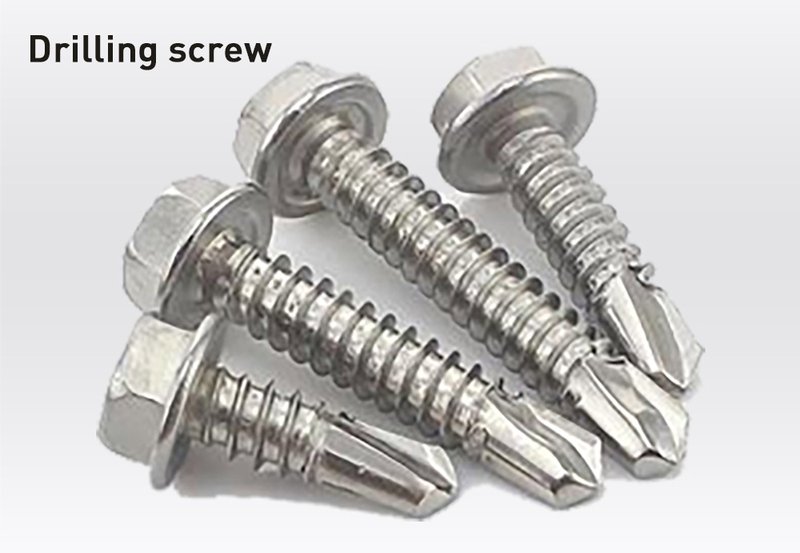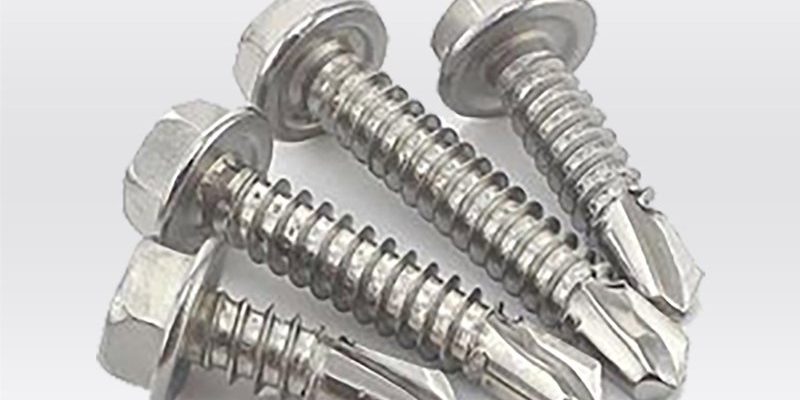
When it comes to door hardware, you’re juggling various types of screws, each suited for different tasks. Whether you’re hanging a new door, securing a knob, or attaching a deadbolt, there’s a screw designed specifically for that job. Let’s dive into the world of screws—yes, it sounds a bit mundane, but trust me, it’s important. You’ll want to be well-informed before you start shopping for that hardware.
Types of Screws for Door Hardware
Understanding the different types of screws is your first step. Think of it like picking ingredients for a recipe: each one has a specific purpose, and using the wrong one could spoil the whole dish. Here are the most common screw types you’ll encounter for door hardware:
- Wood Screws: These are meant for fastening hardware to wooden doors or frames. Their sharp tips allow them to penetrate wood easily, ensuring a tight grip.
- Machine Screws: Used for metal doors, these screws offer great strength. They’re designed to be used with a nut or a tapped hole.
- Self-Tapping Screws: Ideal for quick installations, these screws can create their own threads as they are driven into the material. They’re perfect when you need efficiency.
- Sheet Metal Screws: Perfect for fastening hardware to metal doors, these screws have a sharper thread to hold tightly in metal surfaces.
You might be wondering which ones are best for your specific needs. The answer often depends on the material of your door and the type of hardware you’re installing. For instance, if you’re working with a wooden door, you’ll want to stick to wood screws. For metal installations, machine screws are your go-to. It’s all about matching the screw type to your material.
Screw Length and Why It Matters
Once you’ve identified the type of screw you need, it’s time to look at length. Using a screw that’s too short can lead to hardware that isn’t secure and may eventually loosen. On the flip side, a screw that’s too long can damage the door, possibly poking through the other side. Here’s how you can find that sweet spot in screw length:
- General Rule of Thumb: The screw should penetrate the door material at least one inch for a secure hold.
- Check the Thickness: Consider the thickness of the hardware and the door. Measure twice to ensure your screw length matches.
- Use a Screw Calculator: Tools exist online to help you figure out the perfect length based on material and hardware type.
Let’s say you’re installing a doorknob on a standard interior door. A 2-inch wood screw usually does the trick, allowing for enough depth without over-penetrating. For heavier fixtures, like deadbolts, you might need a longer screw to ensure sturdiness.
Choosing the Right Screw Material
Not all screws are created equal, and the material can significantly impact durability. Just as you wouldn’t wear flip-flops in the snow, you wouldn’t use the wrong kind of screw for your doorwork. Here are your typical screw materials:
- Steel Screws: Often used for a variety of applications, they offer strength but can rust if not treated.
- Stainless Steel Screws: These are corrosion-resistant and great for exterior doors or damp environments.
- Brass Screws: They’re known for their aesthetic appeal and rust resistance, often used in decorative fixtures.
When choosing between these materials, consider the location of your door. Is it an exterior door exposed to the elements? Opt for stainless steel. For interior doors, steel can work fine, just be cautious about possible rust if moisture is a concern.
Head Types of Screws
Believe it or not, the shape of a screw’s head can affect how you install your hardware. Think of it like choosing a pen: a fine-tipped pen might be great for detail work, but a broader pen is better for signing documents. Here’s a breakdown of common head types:
- Flat Head: These are designed to sit flush with the door surface, making them less likely to snag. Perfect for door knobs or plates.
- Pan Head: These have a rounded top and are great for applications where a stronger grip is needed.
- Round Head: These extend above the surface and are often used for aesthetic purposes, though they can snag.
When deciding on a screw head type, think about how visible the screw will be. If aesthetics matter, a flat or round head may be preferable. For strength, pan heads are the way to go.
Using the Right Driver
After choosing the screws, you’ll need a driver compatible with your screw type. This is where things can get tricky. Using the right driver can make your installation smoother, while the wrong one can strip the screw head, causing delays and frustration.
- Phillips Head Driver: Used for most standard screws, these drivers are versatile and reduce the chance of slippage.
- Flat Head Driver: These are typically used for flat head screws. They require more care to avoid stripping.
- Torx Driver: Known for their star-shaped pattern, these screws are less likely to strip and are commonly used in heavy-duty applications.
To make things even easier, many modern screws come with features that help guide the driver in. If you’re not sure which driver to use, consult the packaging or check online resources. It might save you a headache down the line.
Common Mistakes to Avoid
Even seasoned DIYers can make mistakes. It’s like baking; one wrong measurement can ruin the batch. When it comes to screws for door hardware installation, avoiding these common pitfalls can make a world of difference:
- Using the Wrong Screw Length: As mentioned earlier, the right length is crucial. Measure twice, screw once.
- Forgetting to Pre-Drill: For harder materials like metal, pre-drilling can prevent the screw from bending and ensure a proper fit.
- Neglecting to Match Materials: Always pair screws with the right material to prevent corrosion and ensure a secure fit.
By keeping these mistakes in mind, you’ll streamline your installation process and avoid frustrating setbacks.
Selecting the best screws for door hardware installation might seem like a small detail, but it can dramatically affect the performance and longevity of your hardware. By understanding the types, lengths, materials, and drivers, you’ll make informed decisions that benefit your project.
Always think about how each screw contributes to the overall function of your door hardware. When you take the time to ensure you’re using the right screws, you’re laying a solid foundation for your home. Now that you’ve got the scoop, you can head to the store with confidence and tackle that door installation like a pro!
